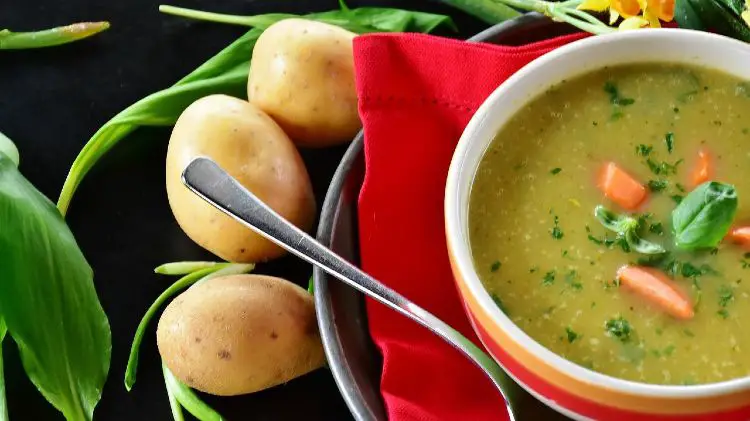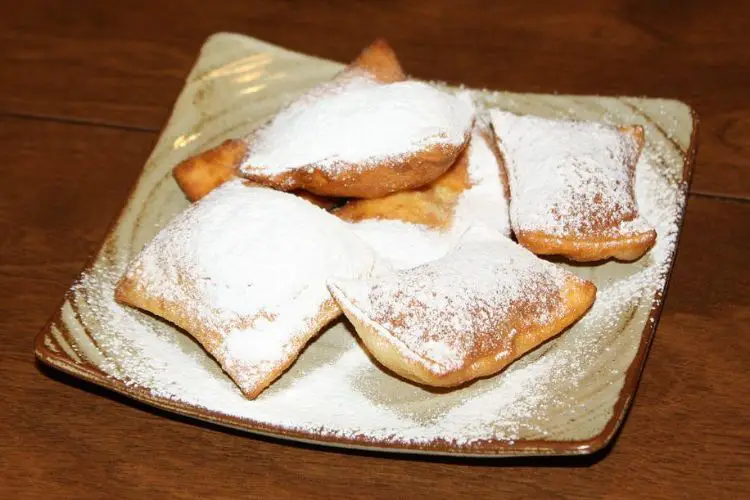Hurrah for Yorkshire Rhubarb
I am one of The Foodie Bugle Reporter pack, and my speciality is seasonality and all its riches. One of my most anticipated moments of the year is early spring, March; the season of Yorkshire rhubarb. Grown for its medicinal qualities since nearly 3000 years before the birth of Christ, the plant originates from Siberia, but was widely grown in China. It is believed that from there the Venetian merchant sailor Marco Polo brought the rhizomes back to Europe. The transportation costs all the way from Asia were very high, and at one time rhubarb’s market value was higher than saffron, cinnamon and opium.
It was not always thus, however. For a very long period, the bittersweet, tart taste and stringy celery-like texture of rhubarb made it quite unpopular. Who can forget the soggy, unpalatable mess doled out from school kitchens as pudding, the nightmare of all our childhoods? Yet rhubarb farmers have enjoyed a renaissance of fortune, as the crimson stalks are back onto discerning cooks’ menus, in celebrity cookbooks, on the pass of Michelin starred restaurants and displayed with pride at farm shops up and down the country. And there is one area of great Britain where, since February 2010, the celebration of the European Union’s decision to give Yorkshire Forced Rhubarb protected status is still in full swing.
Yorkshire forced rhubarb is still grown in a tiny, nine square mile triangle between Wakefield, Leeds and Morley. There, large fields are fertilised with rotted farmyard manure, and rhubarb roots planted in the rich black earth. Two years of growth pass before they are harvested, and during that time the plant stores energy from the sun’s rays in the roots in the form of carbohydrates. They suffer the cold, wet, frosty Yorkshire winters, to be then dug up and replanted in dark, heated sheds in the autumn. The carbohydrates turn to sugars, and the rhubarb is then picked by candlelight in early spring. The roots are then dug up and composted, eventually going back to feed the soil from whence they came. The arc of sustainability, locality, artisanal skill and market forces makes the story of Yorkshire rhubarb compelling indeed.
Janet Oldroyd Hulme, a member of one of the rhubarb “royal” family dynasties from within the triangle, has created a wonderful website at www.yorkshirerhubarb.co.uk. Just read through the canon of names of the different varieties grown in this centre of excellence, they are worthy of a an epic novel: Stockbridge Harbinger, Timperley Early, Reeds Early Superb, Cawood Delight. The sheer amount of skill, work, dedication and commitment that these artisanal growers show, year in year out, to bring us this wonderful, delicious crop is a credit to their region and their country. God bless Yorkshire rhubarb, and all who sail in her. If you see the fruits of their labour for sale, buy them, roast them with a little bit of sugar, vanilla and honey till just soft and cooked, and serve with a little fresh cream. It is one of the greatest, fleeting, bitter sweet moments of the cook’s year.
Here is a recipe from the Editor’s recipe file. So simple and so delicious.
Yorkshire Rhubarb, Mascarpone and Amaretto pudding
Serves 4 people
Ingredients
900g. Yorkshire rhubarb stems, washed and cut into 1 inch chunks
60g. soft, brown raw cane sugar
8 soft Amaretti biscuits
8 tbsps. Amaretto di Saronno liqueur
250g. tub of Mascarpone cheese
2 heaped tbsps. of icing sugar
seeds from 1 vanilla pod
zest of 1 unwaxed lemon
Method
1. Put all the rhubarb chunks and the soft brown sugar in a saucepan, and cook gently for 20 minutes. Mix well during the cooking, so that the rhubarb does not catch or burn. The rhubarb needs to be tender but not mushy at the end of cooking. Set aside to cool.
2. Take 4 wine glasses and crush 2 soft Amaretti biscuits in each glass. Drizzle 2 tbsps. of Amaretto di Saronno liqueur over the broken biscuits in each glass.
3. In a separate bowl, whisk together the mascarpone cream cheese, icing sugar, vanilla seeds and the lemon zest. Now spoon the mascarpone mix evenly in each glass, on top of the crushed Amaretti.
4. Spoon the tender rhubarb and all its juices on top of the mascarpone cream in each glass.

